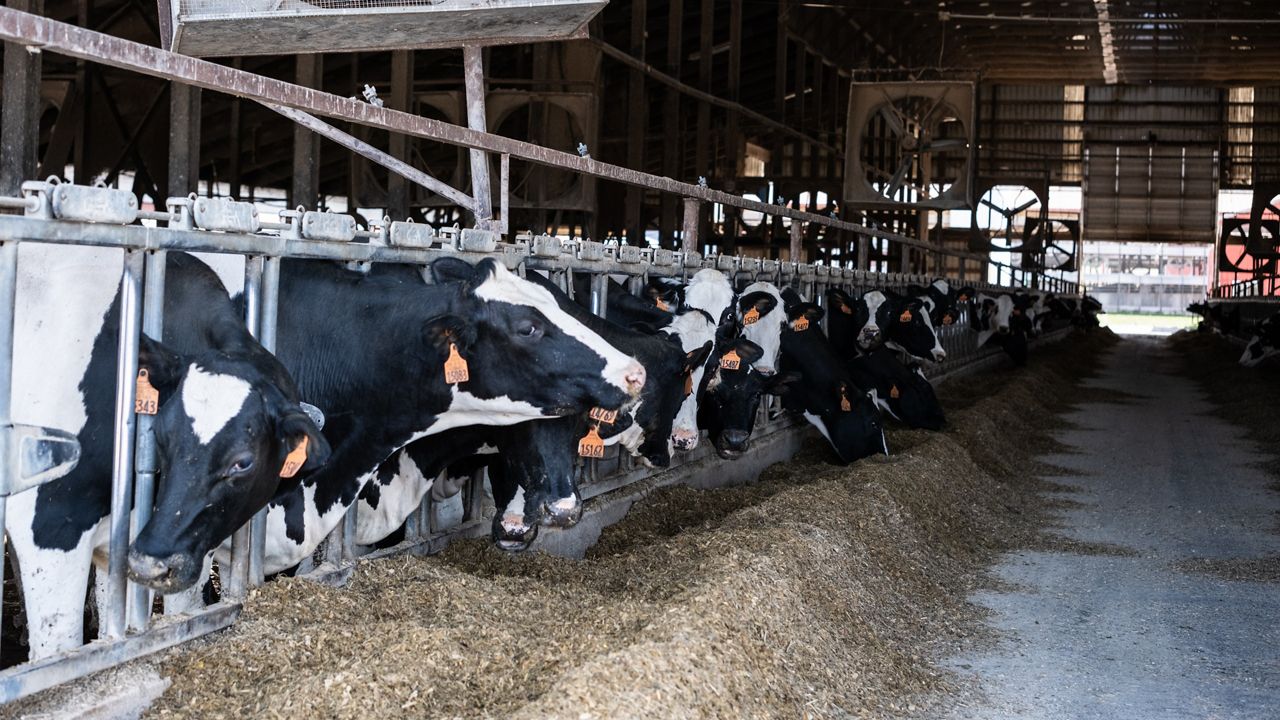The highly pathogenic avian influenza has been found among dairy cattle, the U.S. Department of Agriculture announced. However, experts emphasize that there is no concern for consumers.
The virus was found in unpasteurized samples of milk from farms in Texas and Kansas. It is believed to have been spread to the cows through wild birds.
In New York, the most recent discovery of avian influenza in a wild bird was discovered in Suffolk County on March 20.
Aljoša Trmčić, a senior extension associate for dairy foods at Cornell University, said consumers should not be alarmed.
“There’s at least two systems that protect consumers and if everything fails, this last step of pasteurization is something that can take care of any presence of this virus in raw milk,” he said.
Milk pasteurization is the process of heating raw milk to a specific time and temperature to inactivate any potential pathogens instantaneously, Trmčić said.
After the pasteurization process, the milk is then tested for certain indicators to ensure it was done correctly.
According to the USDA, symptoms were observed primarily in older dairy cows and included decreased milk production and low appetite. On average, about 10% of the infected herds have been impacted with little to no death reported among the cattle.
Trmčić said due to the close monitoring systems of dairy cows, raw milk is unlikely to be contaminated with the virus in the first place.
“Infected cows quickly develop physical symptoms and are immediately identified because each cow is being monitored very closely by farmers. When they are identified, they’re immediately segregated and their milk is discarded,” he said.
This is the case for cows that become sick with any illness, their milk is immediately discarded and never enters the food system, Trmčić said.
Even though raw milk is unlikely to be contaminated with the highly pathogenic avian influenza virus, Trmčić does not recommend consumers drink unpasteurized milk.
“There are potential pathogens that are present in raw milk that are much higher risk for the consumer than any potential highly pathogenic avian influenza virus,” he said.
Despite farmers doing their best to manage their cows, pathogens are an inherent risk when working with live animals, Trmčić said.
“They can reduce the presence of any pathogens, but it can never be completely eliminated that’s why I would actually advise people from consuming raw milk and switching to pasteurized,” he said.
The USDA said they will continue to work closely with the impacted farms and monitor the situation.



